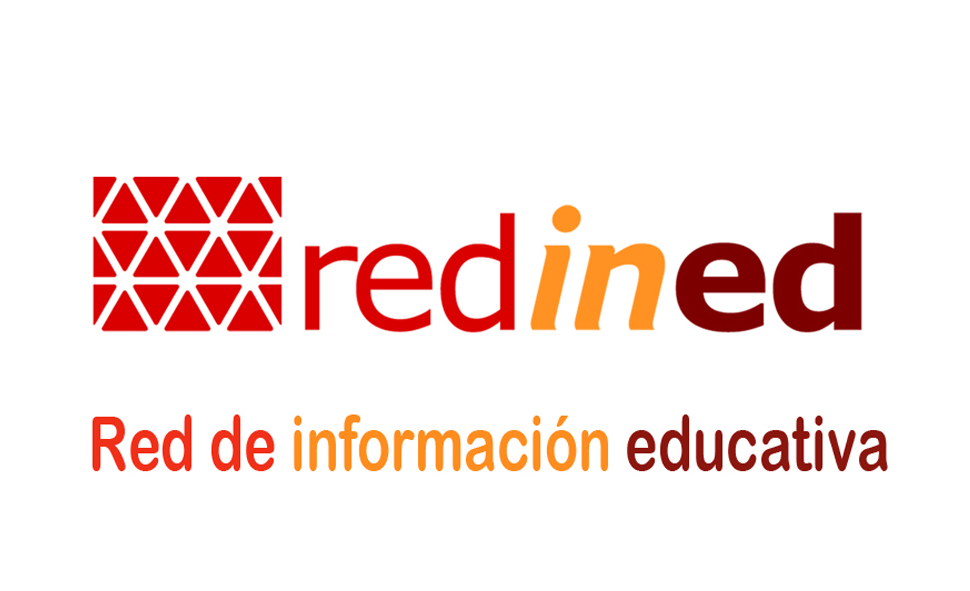The effectiveness of translation, image-based and video-based methologies for receptive and productive vocabulary acquisition
Texto completo:
https://hdl.handle.net/2454/31143Nivel Educativo:
Tipo Documental:
Trabajo fin de másterEstadísticas:
Ver Estadísticas de usoMetadatos:
Mostrar el registro completo del ítemAutor:
Fecha:
2018Resumen:
They are analysed and compared three different methodologies (glossed L1 translation lists, image-based and video-based) for vocabulary learning taking into account the two stages of vocabulary acquisition: receptive/passive and productive/active. The participants were 52 high school students aged from 12 to 15 who were exposed to all the methodologies. The instruments employed for this research were a pre-test to check previous knowledge and an immediate and as delayed post-tests that were equal for each methodology. The results indicate that the image-based methodology is the most effective methodology in terms of immediate and delayed recall. Focusing on receptive vocabulary and productive vocabulary, the results show that the results of the image-based methodology and the video-based methodology are better than the results of the translation methodology. The results for productive vocabulary are slightly better for translation and image-based methodologies. Students have expressed a greater preference for image-based methodology.
They are analysed and compared three different methodologies (glossed L1 translation lists, image-based and video-based) for vocabulary learning taking into account the two stages of vocabulary acquisition: receptive/passive and productive/active. The participants were 52 high school students aged from 12 to 15 who were exposed to all the methodologies. The instruments employed for this research were a pre-test to check previous knowledge and an immediate and as delayed post-tests that were equal for each methodology. The results indicate that the image-based methodology is the most effective methodology in terms of immediate and delayed recall. Focusing on receptive vocabulary and productive vocabulary, the results show that the results of the image-based methodology and the video-based methodology are better than the results of the translation methodology. The results for productive vocabulary are slightly better for translation and image-based methodologies. Students have expressed a greater preference for image-based methodology.
Leer menosSe analizan y comparan tres metodologías diferentes (listas de vocabulario de L1 traducido, basadas en imágenes y en vídeos) para el aprendizaje de vocabulario teniendo en cuenta las dos etapas de adquisición de vocabulario: receptivo/pasivo y productivo/activo. Los participantes fueron 52 estudiantes de secundaria de 12 a 15 años que estuvieron expuestos a todas las metodologías. Los instrumentos empleados para esta investigación fueron una prueba previa para verificar los conocimientos previos y una prueba posterior inmediata y diferida que fue igual para cada metodología. Los resultados indican que la metodología basada en imágenes es la metodología más efectiva en términos de recuperación inmediata y retrasada. Centrándose en el vocabulario receptivo y el vocabulario productivo, los resultados muestran que los resultados de la metodología basada en imágenes y la metodología basada en videos son mejores que los resultados de la metodología de traducción. Los resultados para un vocabulario productivo son ligeramente mejores para la traducción y las metodologías basadas en imágenes. Los estudiantes han expresado una mayor preferencia por la metodología basada en imágenes.
Se analizan y comparan tres metodologías diferentes (listas de vocabulario de L1 traducido, basadas en imágenes y en vídeos) para el aprendizaje de vocabulario teniendo en cuenta las dos etapas de adquisición de vocabulario: receptivo/pasivo y productivo/activo. Los participantes fueron 52 estudiantes de secundaria de 12 a 15 años que estuvieron expuestos a todas las metodologías. Los instrumentos empleados para esta investigación fueron una prueba previa para verificar los conocimientos previos y una prueba posterior inmediata y diferida que fue igual para cada metodología. Los resultados indican que la metodología basada en imágenes es la metodología más efectiva en términos de recuperación inmediata y retrasada. Centrándose en el vocabulario receptivo y el vocabulario productivo, los resultados muestran que los resultados de la metodología basada en imágenes y la metodología basada en videos son mejores que los resultados de la metodología de traducción. Los resultados para un vocabulario productivo son ligeramente mejores para la traducción y las metodologías basadas en imágenes. Los estudiantes han expresado una mayor preferencia por la metodología basada en imágenes.
Leer menos



